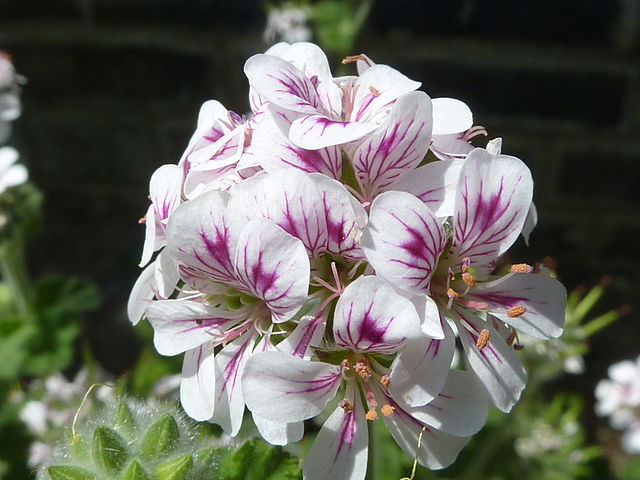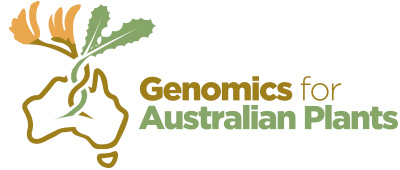Pelargonium australe (native storksbill, austral storksbill)
Aim: Reference genomes (Phase 4 project)
Project initiation: August 2022

Project collaborators:
- Michael Roach | Flinders University
- Martin Breed | Flinders University
- Robert Edwards | Flinders University
- Elizabeth Dinsdale | Flinders University
- Michelle Waycott | Adelaide University, Botanic Gardens and State Herbarium
- Belinda Martin | Flinders University
- Helen Vonow | Botanic Gardens and State Herbarium
- Michael Stead | Botanic Gardens and State Herbarium
Project description:
Pelargoniums are an icon of the Australian landscape and household backyards with hundreds of cultivars available for ornamental use. There are many different scented varieties that are very important in the perfume industry where they are distilled for their essential oils. Pelargonium australe, or austral storksbill, is an Australian native found throughout the southern coastal areas of Australia. Austral storksbill provides sustenance for Australian native bee and butterfly populations and plays a key role in many sand dune restoration projects.
A genome assembly for P. australe would represent the first reference genome for the order Geraniales, for which there are well over 800 different species. There are countless different flower morphologies and many different aromatics exhibited across Pelargonium species. This reference genome will allow us to better understand the genetic drivers behind flower morphology, or why one species smells like roses while another has a citrus or a pine scent.
